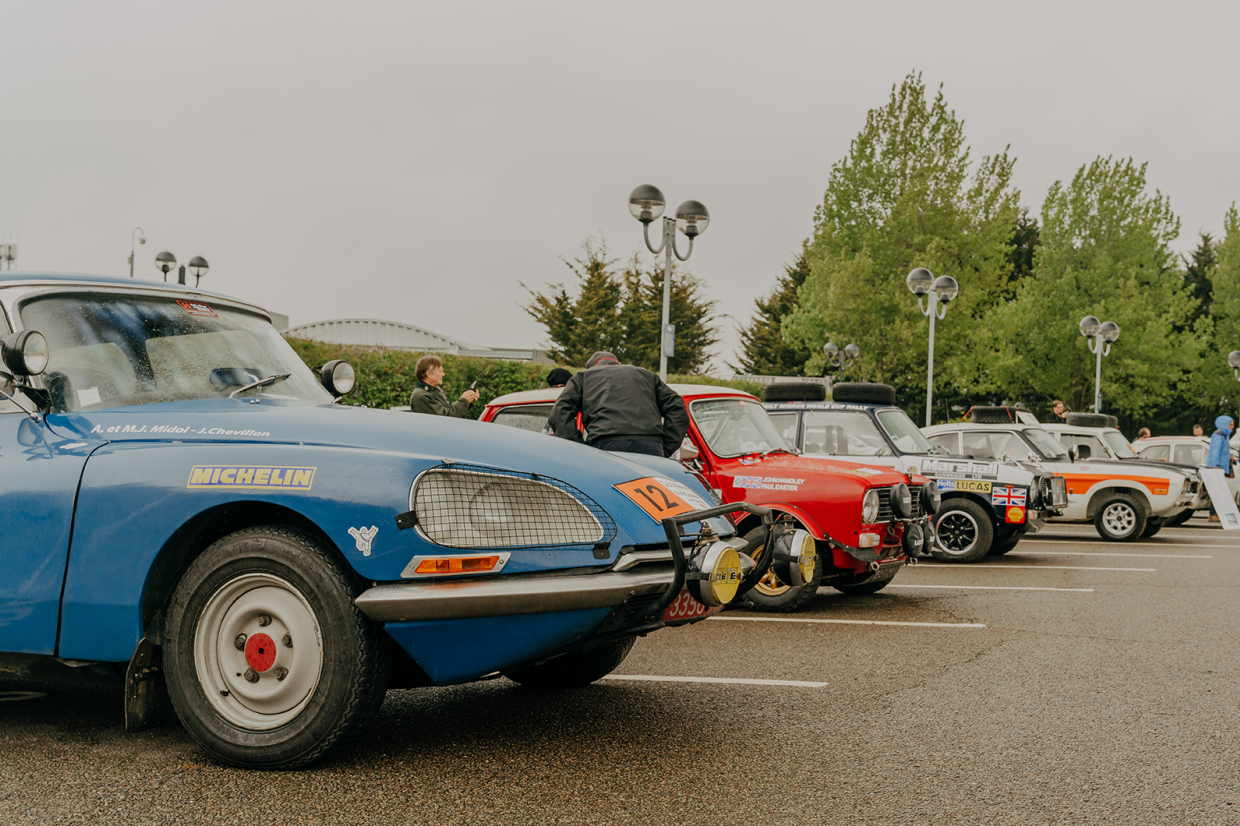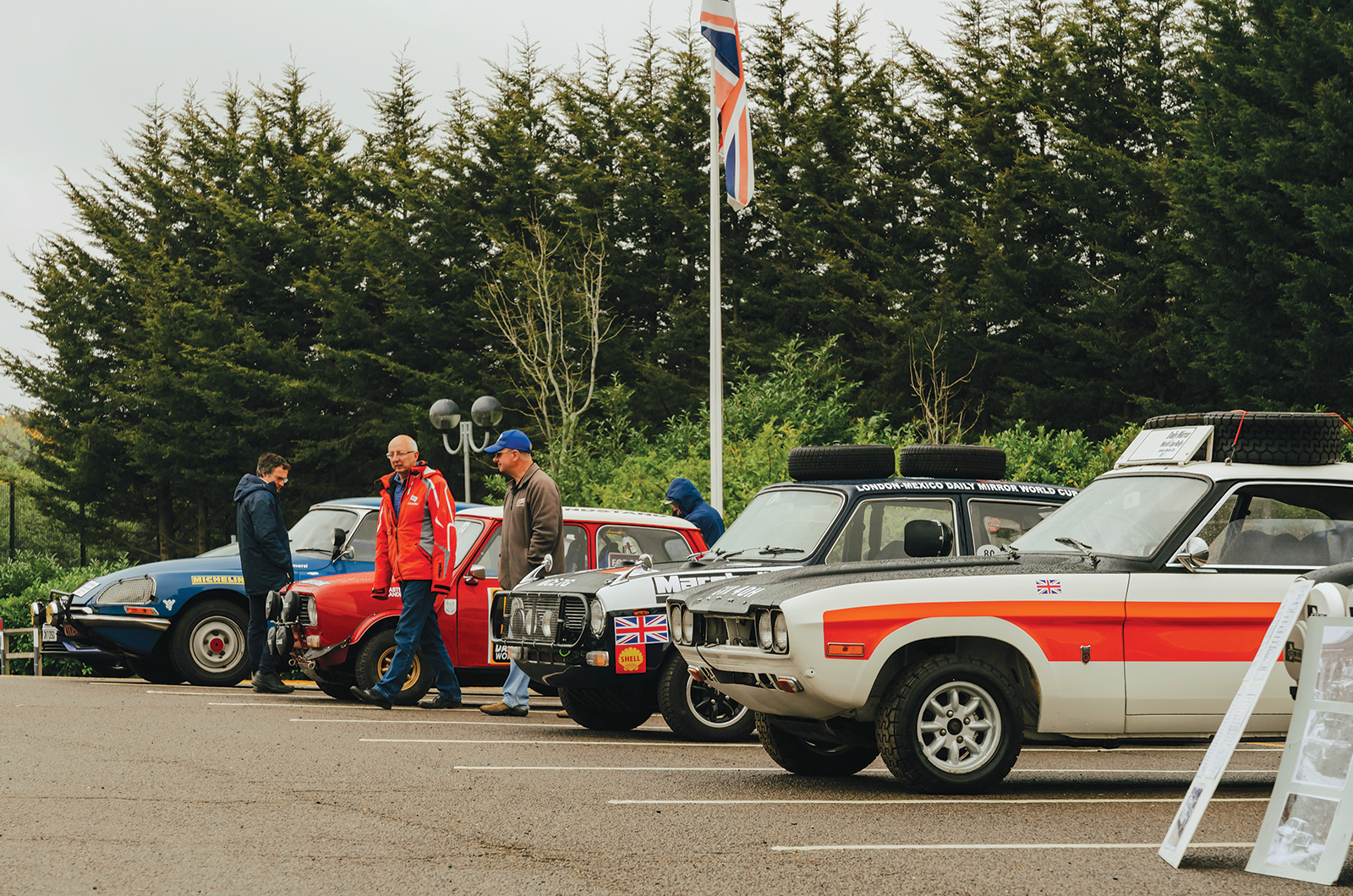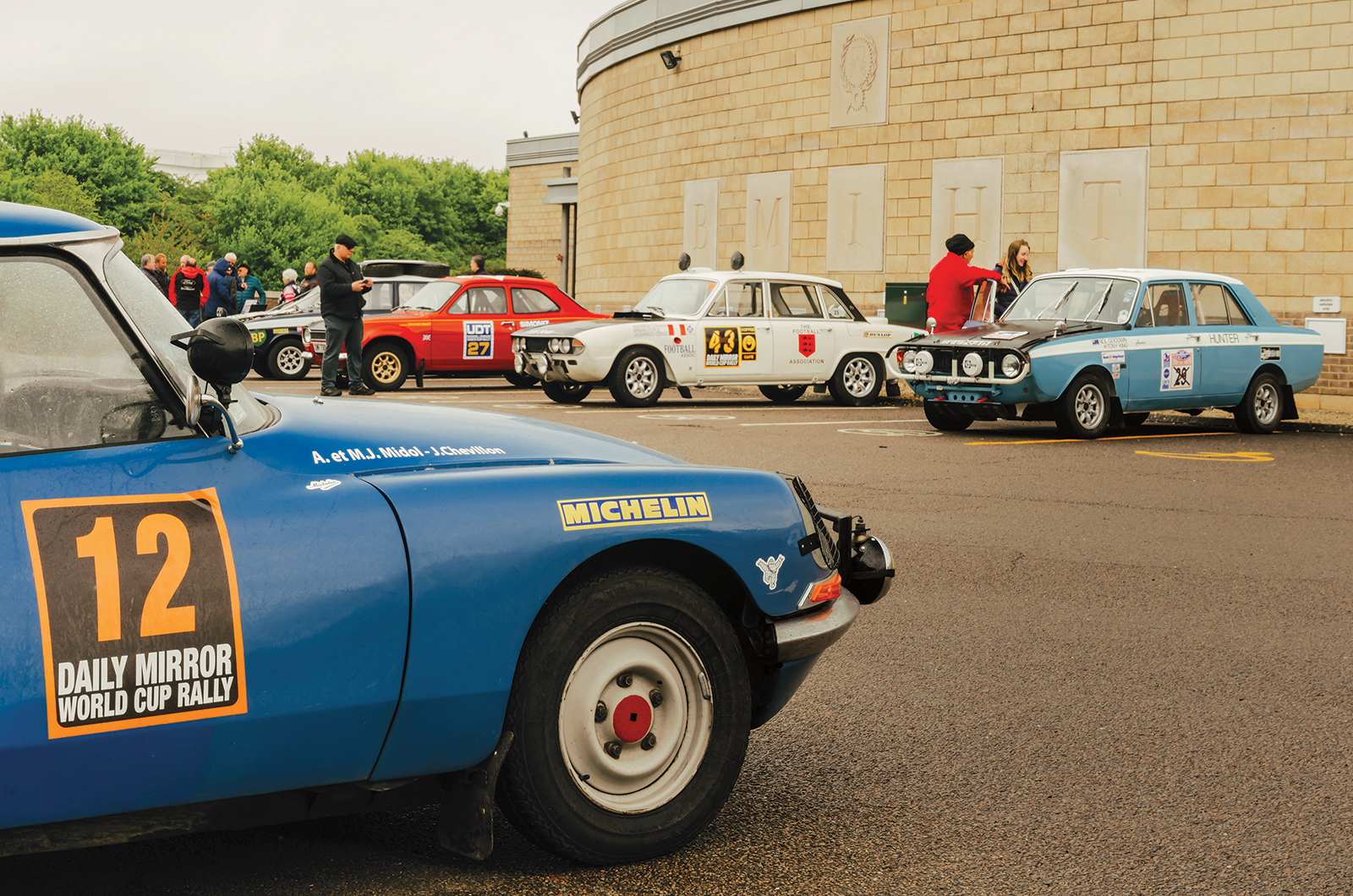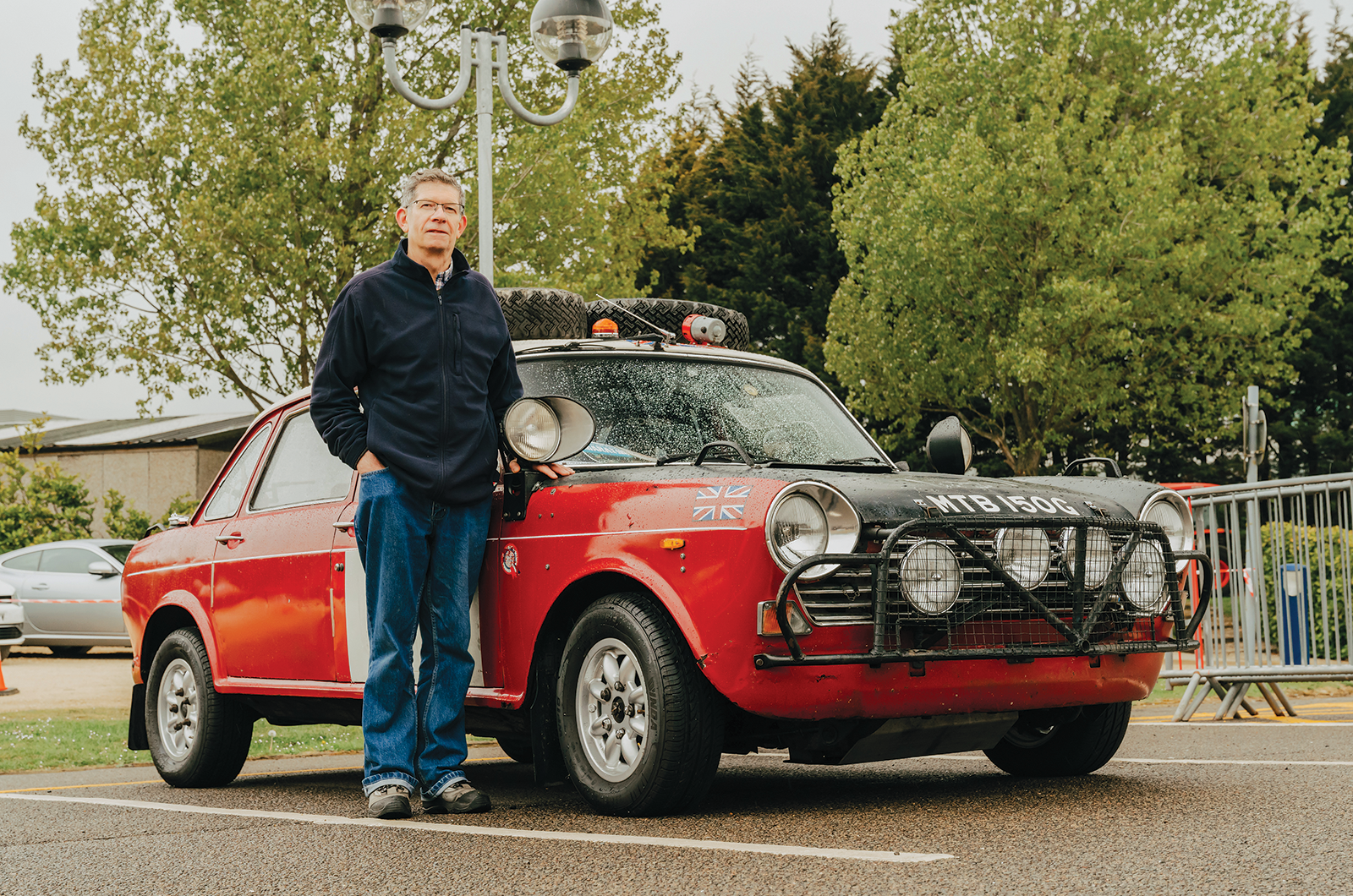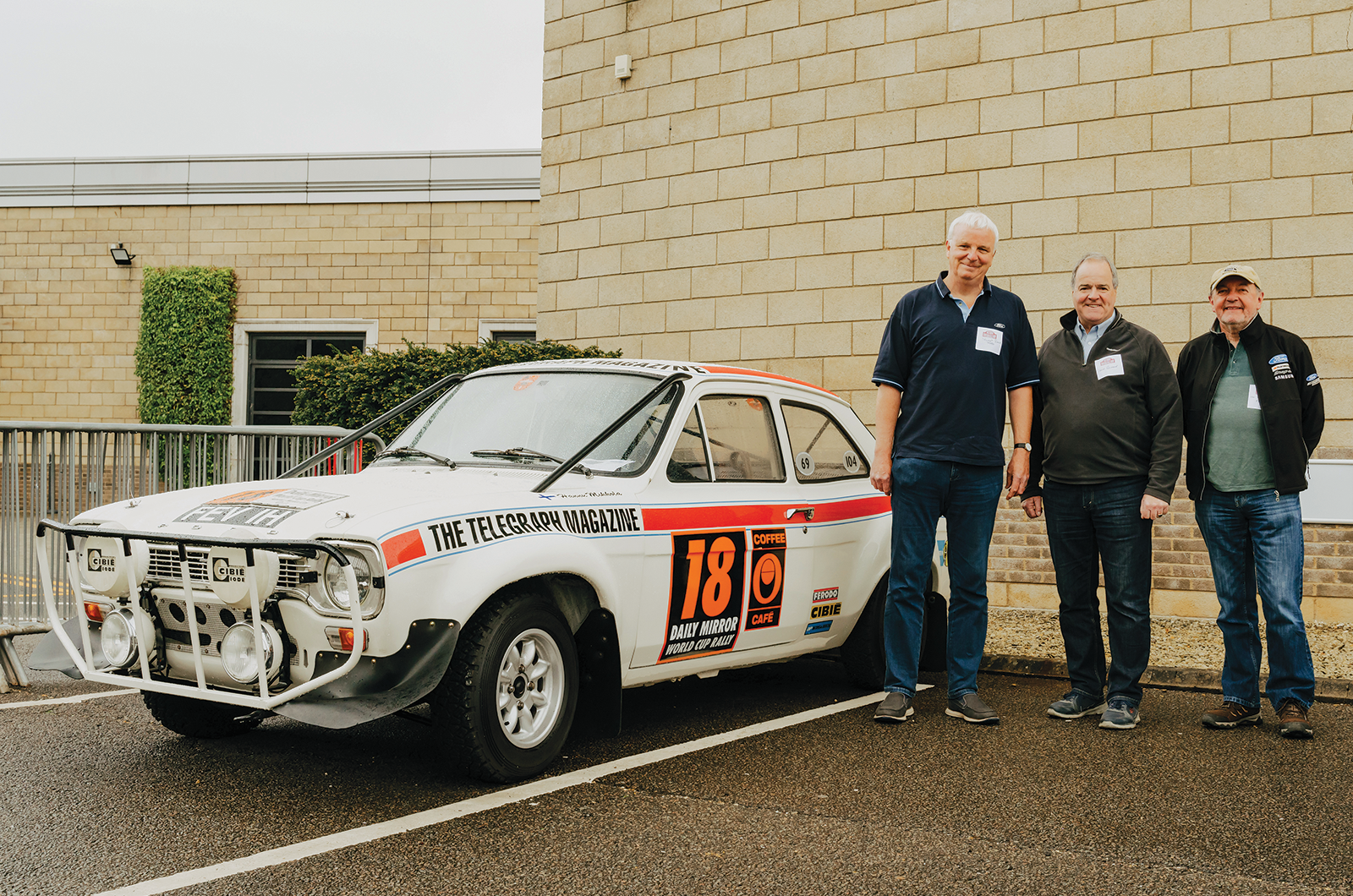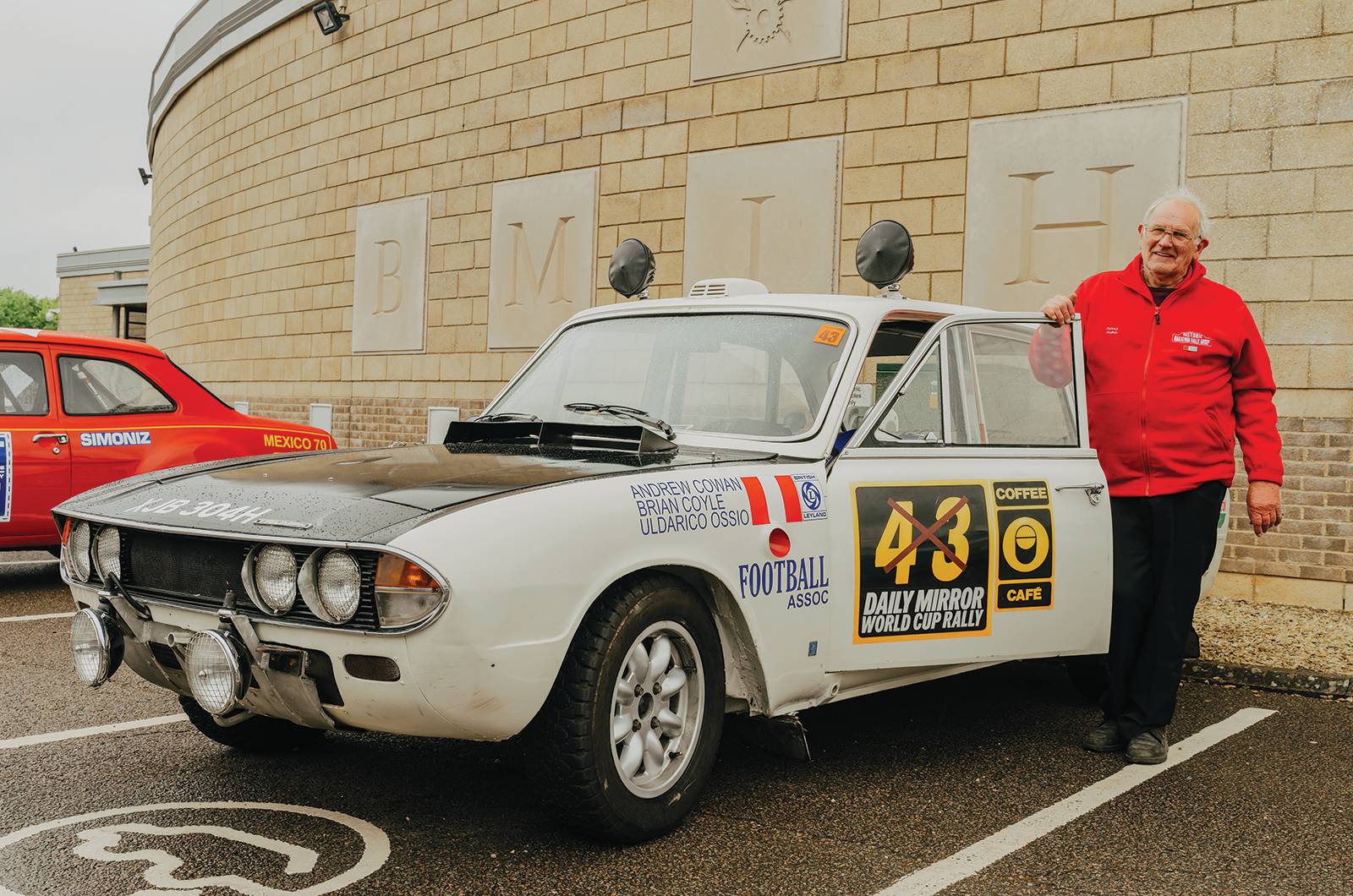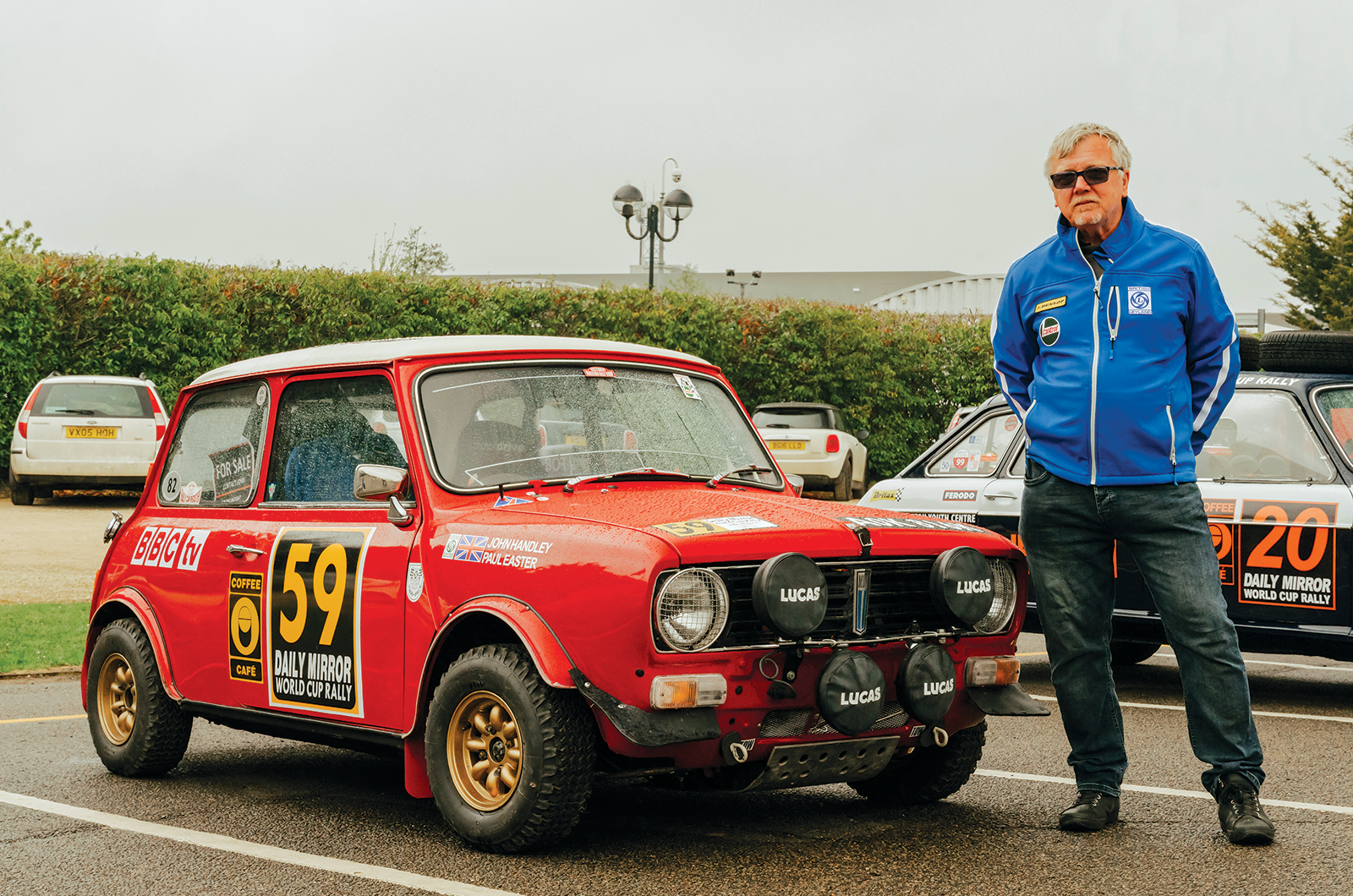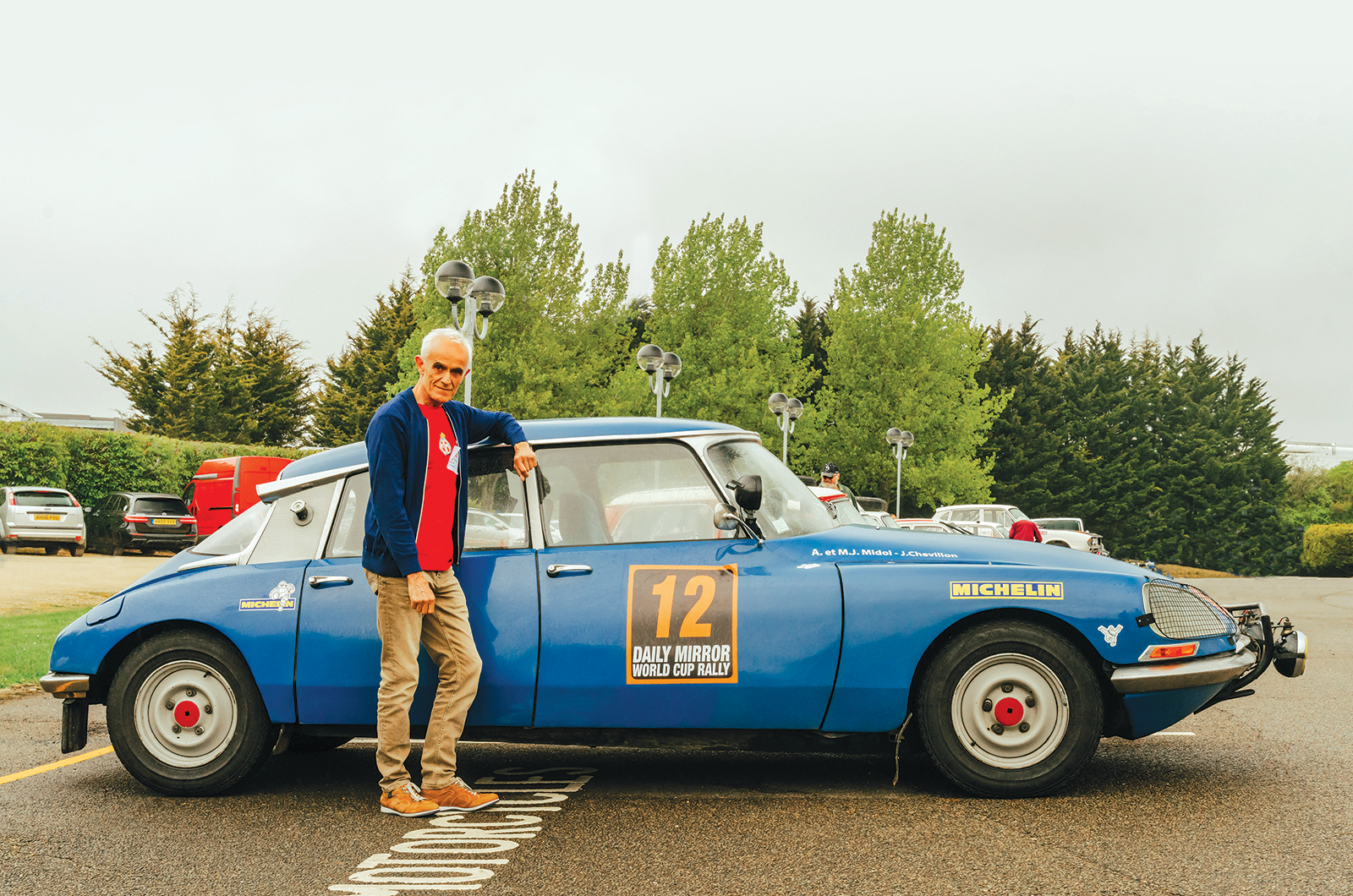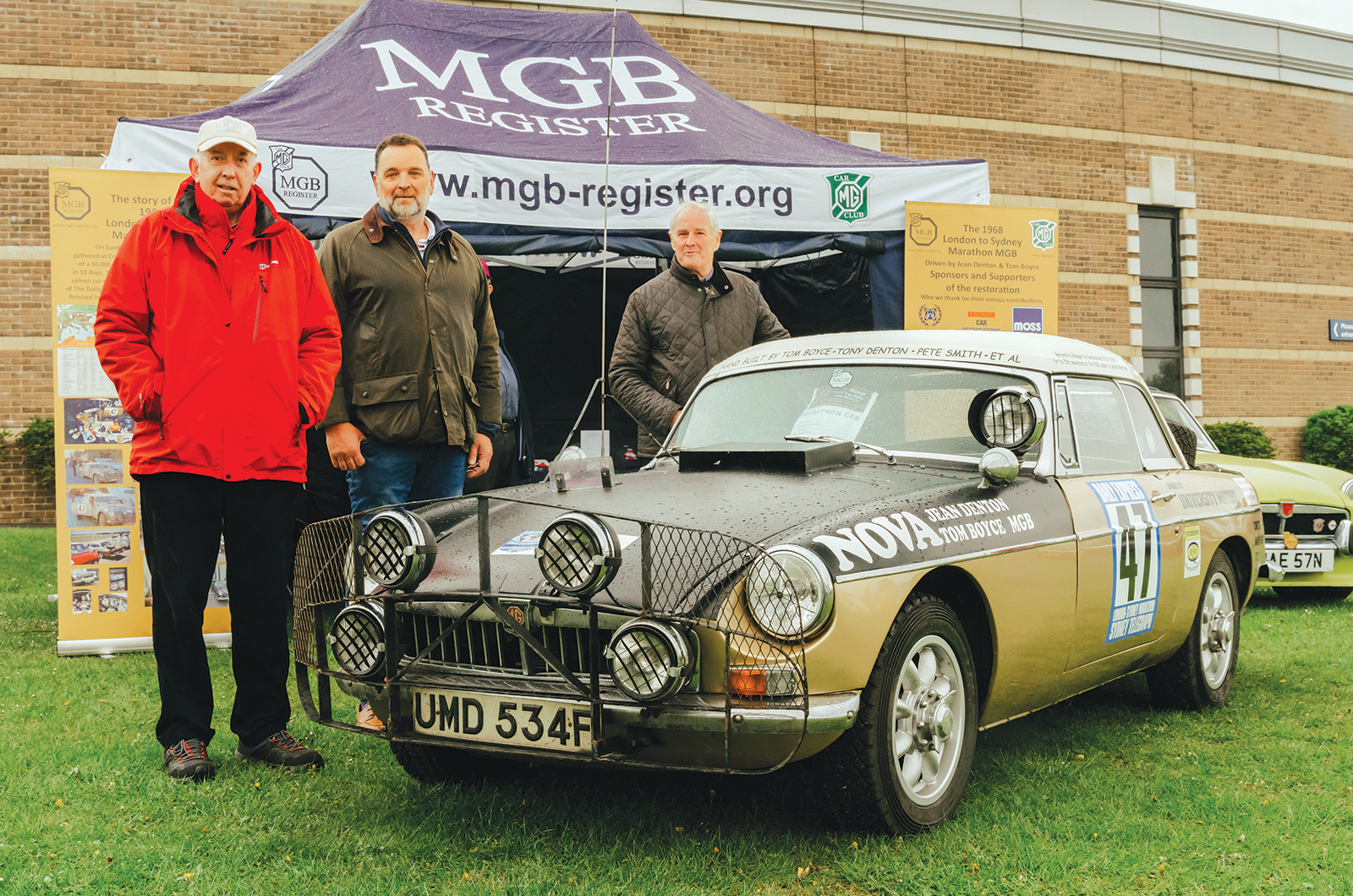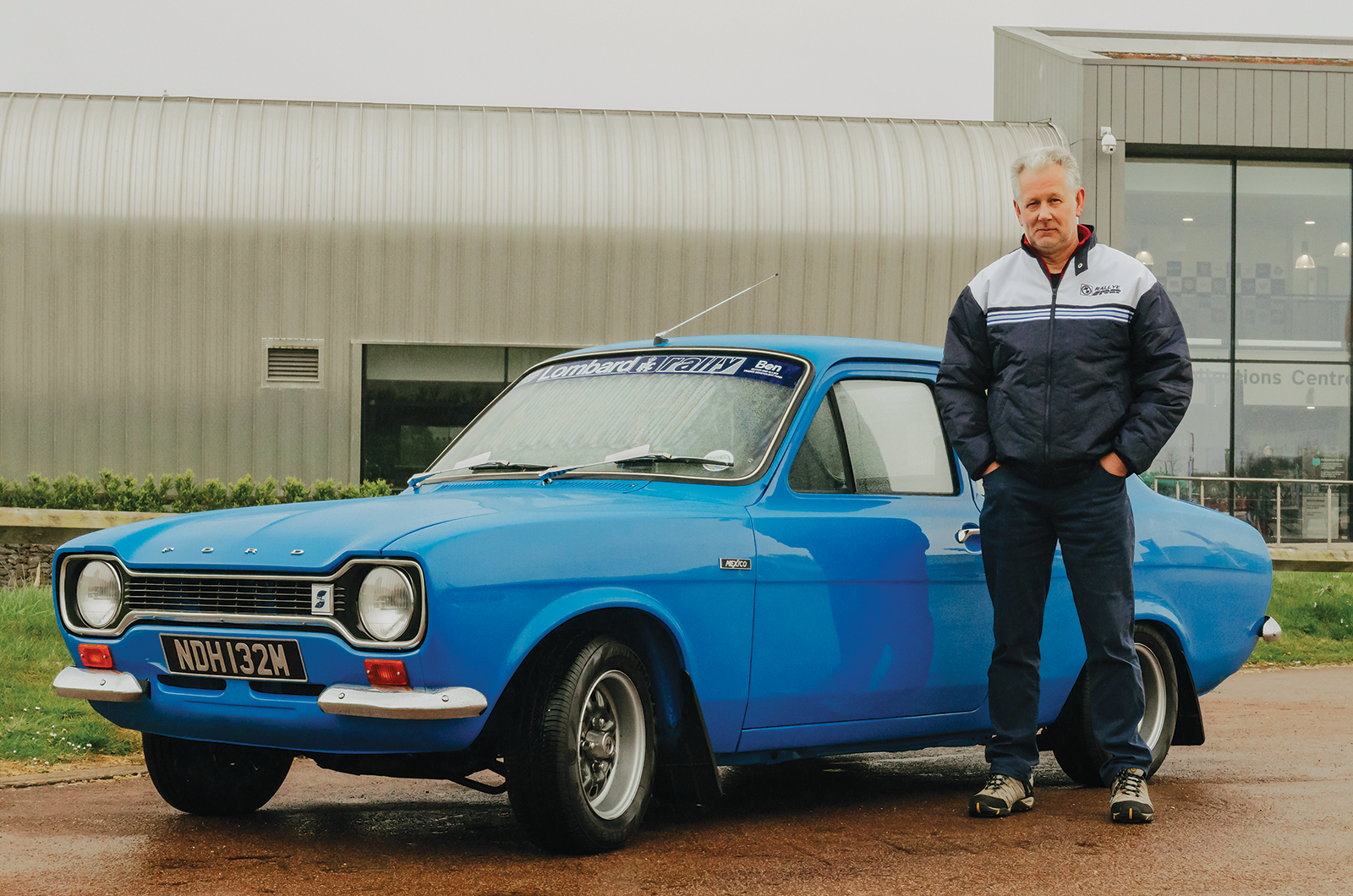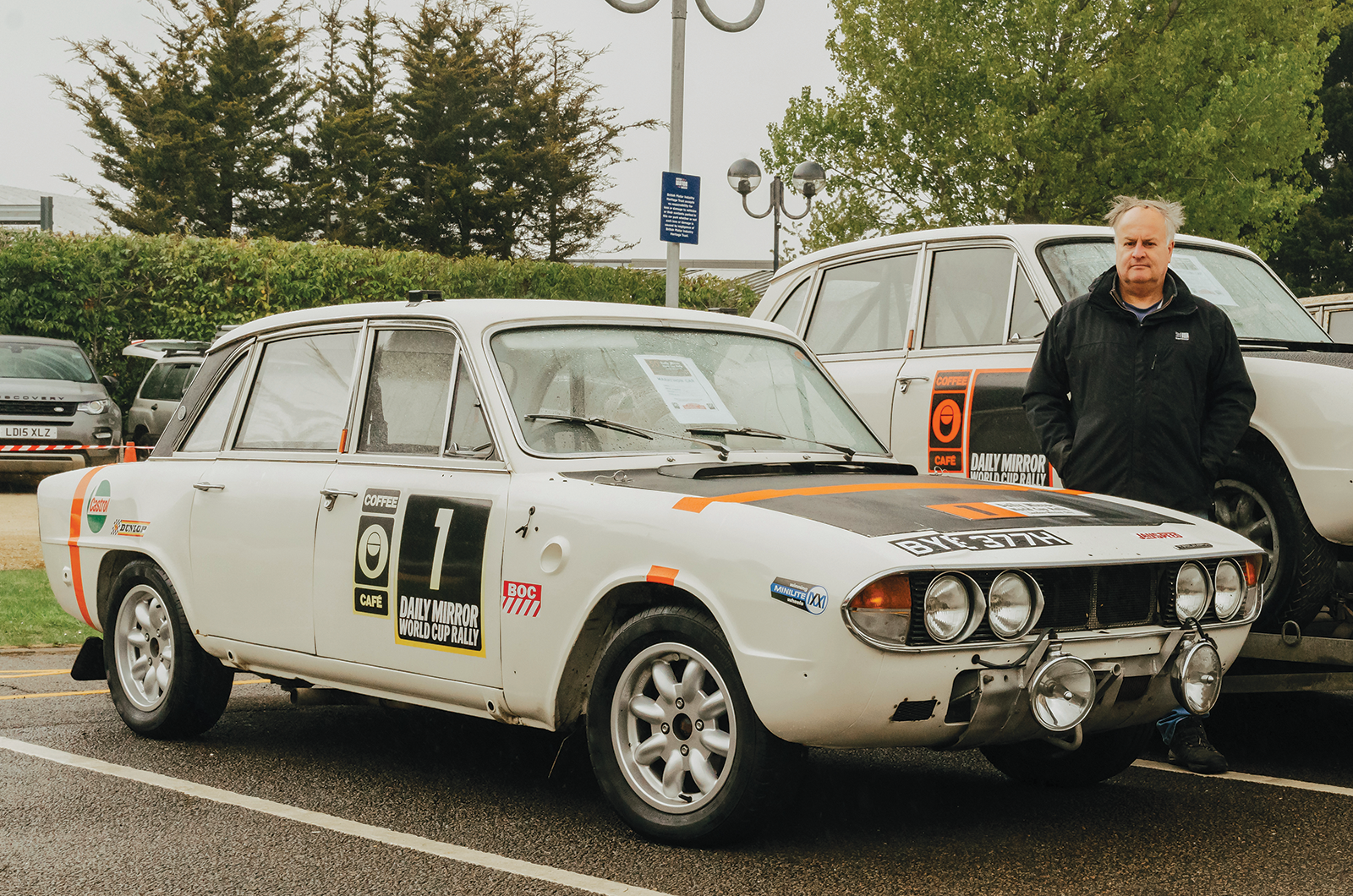Unlike some of the more cynical motorsport tie-ins, the Mexico wasn’t just a set of stickers and some new upholstery: it featured a 1599cc version of the Kent engine that powered the rally winner – a variant that wasn’t available in any other Escort.
This, plus some suspension changes and, yes, a few stickers, turned the Ford into a budget performance car that made it the hot hatch of its day.
Jeremy Tyson has owned his Mexico for 31 years, having picked it up at an auction for £1010 at a time when he couldn’t really afford it.
“It was rotten,” he recalls. “It was pushed through the sale the first time it went across the block.”
A keen follower of rallying, Tyson restored the car himself 20 years ago, leaving off the white stripes it originally came with out of preference.
“I’m a Ford guy and I bought it just as a bit of fun at first,” he smiles, “but the fun has never stopped and it’s become a lifelong friend.”
David Pearson: 1970 Triumph 2.5 PI
The Triumph 2.5 PI, now owned by David Pearson, was forced to abandon the 1970 rally after suspension and fuel-injection problems
Beyond the works teams, the World Cup Rally attracted a broad cast of personalities as private entries, including the Argentinian SAFRAR team driving Peugeots and even a Trident Venturer.
One of the more colourful characters was Bobby Buchanan-Michaelson, a London playboy who was also chairman of a powerboat association.
Buchanan-Michaelson secured himself a works Triumph 2.5 PI for the event, as well as a British Leyland works driver, Roy Fidler, as co-pilot.
Unfortunately, car number one only managed to compete in the European section, being forced to a stop in Italy when a spring pushed through on the rear suspension, then a fuel-injection problem proved too complex to solve on-stage.
David Pearson has owned the saloon for 13 years and has restored it, although the Triumph has only covered 16,000km from new.
“I’m old enough to have been at school when the rally was happening, doodling 2.5 PIs on my workbooks,” says Pearson, “so this was a real find.”
When he bought the car it had been left outside for years and vandalised, though Pearson stresses that it wasn’t as bad as it looked, with only the roof panel needing replacement.
Flanked by Pearson’s Triumph and the recently rediscovered Paddy Hopkirk car (as featured in C&SC’s Lost & found, April 2021) is another PI he’s helping to restore with owner Bill Bradley.
One of the earliest works cars, it was used for suspension testing and driven by all the aces.
It appeared on BL posters and the cover of the World Cup Rally programme.
Images: Max Edleston
READ MORE
Saab 96 Sport: Swede dreams
10 top rally car flops
Something Special: the quirky world of low-volume British classics
Charlie Calderwood
Charlie Calderwood is Classic & Sports Car’s Features Editor
